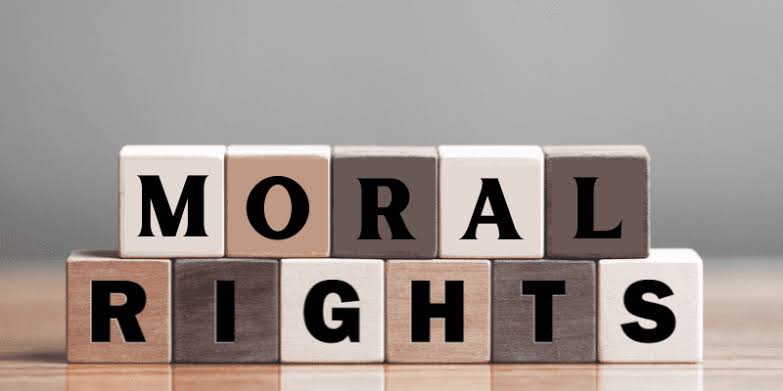BY: Juhi Jain
Teerthanker Mahaveer University .
I sported a straightforward grey loose jersey and a pair of donned old pants today. Not only had I not bathed but I had also neglected to put on any makeup. It is hot outside, so I reached for an old black, large jacket to protect self. Recently, I have deliberately chosen to appear less like what I believe a man would like to see. My desire is to vanish.
INTRODUCTION :
Globally, violence against women is a ubiquitous and subtle issue that transgresses the most basic norms of human rights and decency. Millions of women continue to experience sexual, mental, physical, and economic violence in both public and private settings, despite notable advancements in gender equality and women’s empowerment. This essay explores the complex issues surrounding violence against women, including its underlying origins, wide-ranging effects, and the pressing need for coordinated action to end this systemic injustice.
Violence against women encompasses a range of behaviors and practices that cause harm or suffering to women based on their gender. It includes but is not limited to physical assault, sexual abuse, domestic violence, honor killings, female genital mutilation, forced marriage, and trafficking. Such violence occurs across diverse socio-cultural contexts, affecting women of all ages, races, ethnicities, religions, and socioeconomic backgrounds.
PRIMARY CAUSES
The persistence of violence against women can be traced back to deeply embedded masculine norms and the unequal distribution of power between genders. Women are more vulnerable to abuse because of gender-based discrimination, social norms that support violence, economic disparities, and limited access to resources and education. Furthermore, destructive cultural customs like child marriage and violence associated with dowries feed the cycle of oppression and violence.
EFFECTS & REPERCUSSIONS
Violence against women has far-reaching effects that go well beyond the acute physical and mental suffering that survivors experience. It erodes women’s self-determination, limits their access to economic and educational possibilities, and feeds the cycles of inequality and poverty. Furthermore, the well-being and results of future generations’ lives are impacted by violence against women.
ACCOUNTABILITY AND THE LEGAL FRAMEWORK
The legal foundation for defending women’s rights and opposing gender-based violence is established by international human rights agreements including the Universal Declaration of Human Rights and the Convention on the Elimination of All Forms of Discrimination Against Women (CEDAW). Justice for survivors and the prosecution of offenders are greatly aided by domestic laws and law enforcement agencies. But the lack of proper execution, legal loopholes, and impunity persist in impeding efforts to combat violence against women.
CASE STUDIES AND FIRSTHAND ACCOUNTS
Analyzing real-world case studies exposes the intricate dynamics of violence against women as well as the difficulties survivors encounter in obtaining assistance and justice. Every narrative highlights the critical need for comprehensive and survivor-centered responses to address the underlying causes of violence and offer survivors complete care, from well-publicized examples of intimate partner violence to systematic abuses inside institutional settings.
LANDMARK CASE LAWS
Roe v. Wade (1973) – landmark case on reproductive rights
Davis v. Monroe County Board of Education (1999) – addressing sexual harassment in schools
R v. Ewanchuk (1999) – establishing the concept of consent in Canadian law
Mukhtar Mai v. State (2005) – landmark case in Pakistan challenging honor killings
S. v. Mabaso (2013) – addressing domestic violence and the duty to report in South Africa
MECHANISMS FOR DETECTION AND THERAPY
A multisectoral strategy is needed to prevent violence against women, one that promotes gender equality and the alteration of social norms while addressing the underlying causes. Comprehensive prevention and intervention measures must include legal reforms, community-based initiatives, access to support services, education and awareness-raising campaigns, and programs for economic empowerment. It’s also crucial to include boys and men as allies in the fight against damaging gender stereotypes and the development of civil relationships.
IN VERDICT: ACHIEVING A VIOLENCE-FREE ERA
In summary, violence against women is a serious violation of human rights and a major impediment to societal advancement and gender equality. Concerted efforts at the individual, community, national, and international levels are needed to address this widespread issue. We can create a future where all women and girls are free from discrimination and violence by opposing long-standing gender conventions, empowering women, fortifying legal frameworks, and encouraging group action. We cannot achieve complete realization of every woman’s right to safety, equality, and dignity without unwavering dedication and unity.


